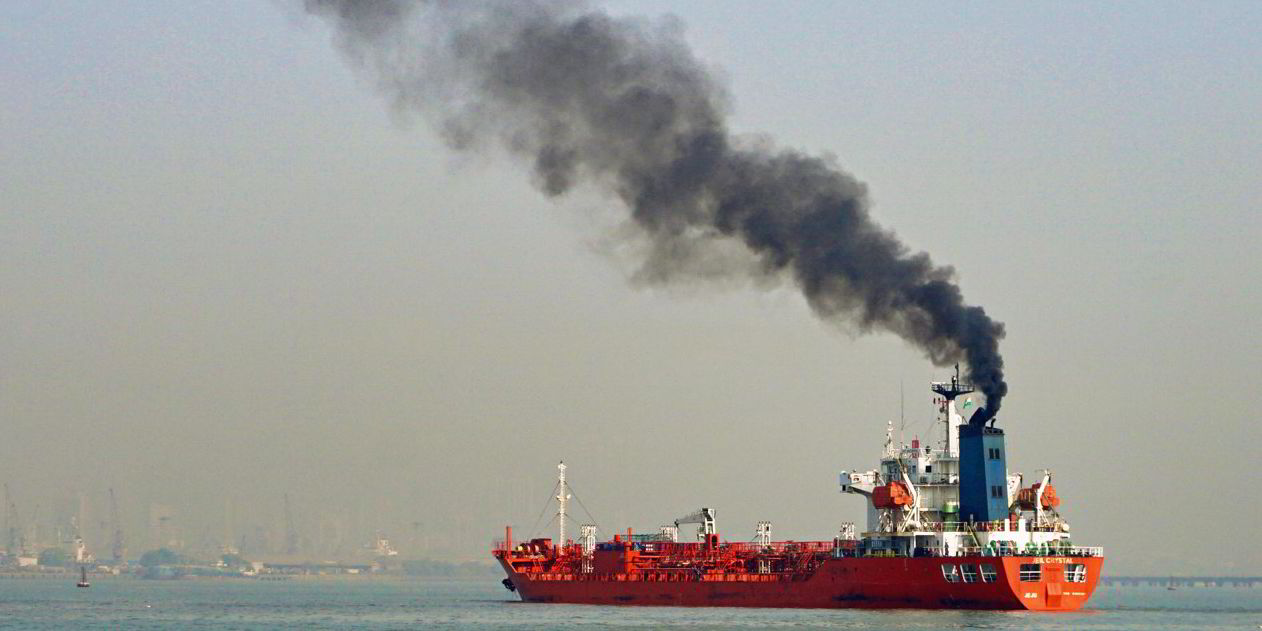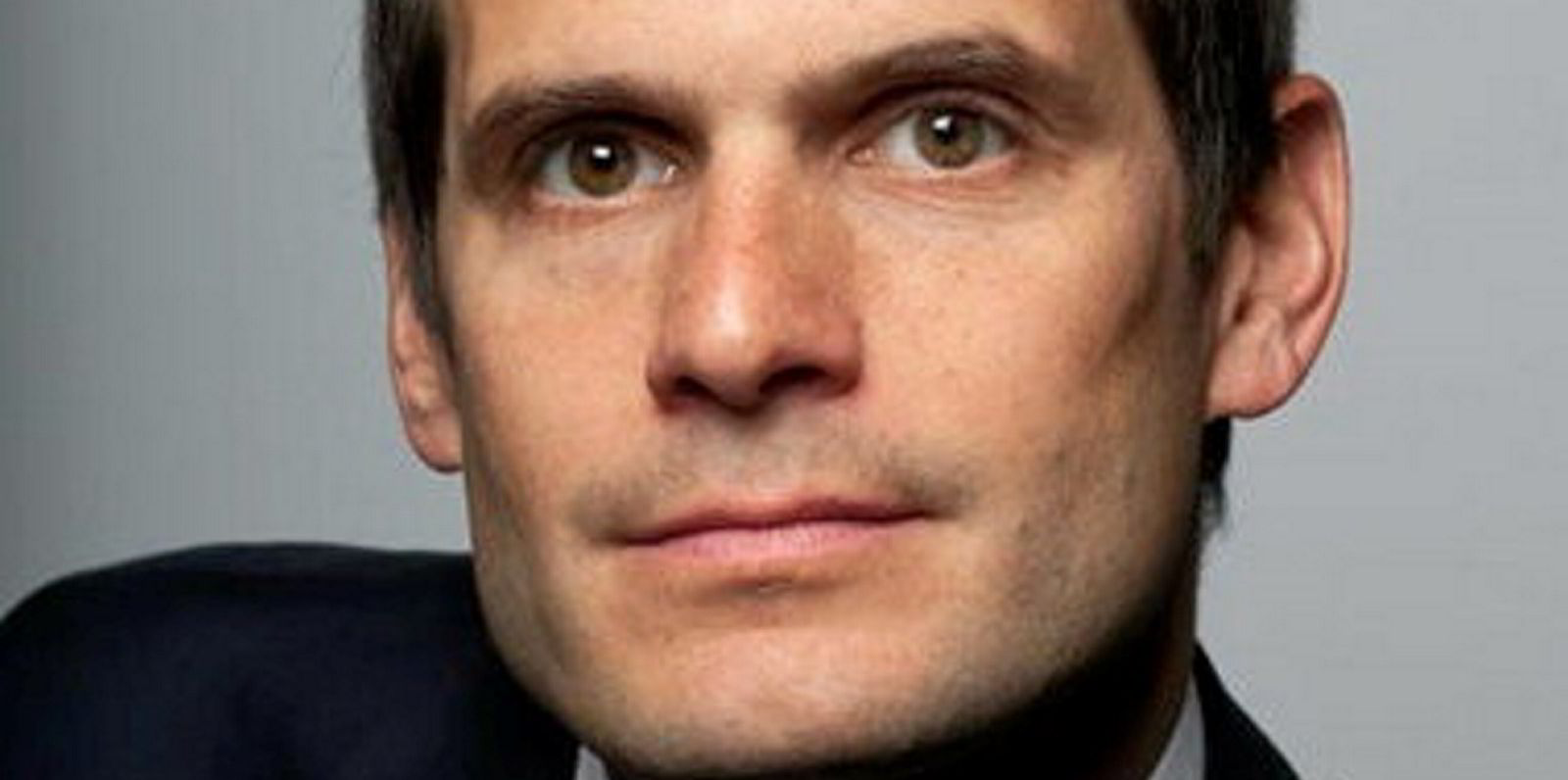An initiative aimed at giving companies independent verification that they are slashing carbon emissions in line with the Paris climate agreement is finalising guidelines for shipping.
After setting out guidance for land transport and aviation, the Science Based Targets initiative (SBTi) plans to roll out the maritime standards in the months ahead.
SBTi has a five-step process for setting targets:
- Commit: Companies submit a letter stating their intent to set a science-based target.
- Develop: Companies work on an emissions reduction target in line with SBTi criteria.
- Submit: Within 24 months, they present their targets to SBTi for validation.
- Communicate: Companies announce the targets to their stakeholders.
- Disclose: After their targets are validated, companies report emissions and track target progress annually.
The effort seeks to provide companies with a pathway to certify their targets are in line with a goal to cap global warming at 1.5C, following scientifically sound measures.
The effort is made up of carbon disclosure organisation CDP, the United Nations Global Compact, World Resources Institute and World Wide Fund for Nature (WWF).
During the COP26 climate conference last month, SBTi announced that more than 1,000 companies had committed to a 1.5C target under the programme, although few are in shipping.
"We want companies from every sector, including shipping, to show their climate leadership and set science-based targets," said Fernando Rangel, a senior technical manager for the SBTi programme at WWF. "We are ready to provide resources ... to support that journey."
In March, SBTi issued draft guidelines for shipping, which were developed by WWF with support from the non-profit Smart Freight Centre and maritime consultancy UMAS.
That was followed by a public consultation.
The guidelines are now in the final stages of the review process and could be finalised in the coming weeks.
Mexico City-based Rangel said the shipping guidance will follow the precedents set by other transport sector guidelines. That means a focus on direct emissions from shipping, as well as on pollution further up the fuel supply chain, bringing a well-to-wake look at greenhouse gas (GHG) emissions that mirrors the well-to-wing analysis in navigation and well-to-wheel approach on land.
A key change since the draft guidelines is the choice of a scenario with a more aggressive approach to decarbonisation after 2035.
"One [scenario] that the project team and my technical partners thought was very credible, and actually much more justifiable, was this transition with a very steep decline after 2035, which actually puts maritime transport ahead of reaching net zero in 2050," Rangel said.
The SBTi targets do not track goals at the International Maritime Organization, which currently aims to halve CO2 emissions by 2050, but Rangel said the SBTi targets are hard to compare with those of the UN shipping regulator

Also not in the guidelines are offsets as a tool to achieve net-zero emissions, although he said shipping companies can still choose offsets above and beyond their targets.
No offsetting compromise
"In order to achieve a temperature scenario, there cannot be compromise between reductions and compensation or offsetting," he said. "The priority has to be reductions, and in-sector reductions are what counts for achieving that temperature goal."
A few shipping companies have been engaged with the SBTi target.
Japanese groups K Line and NYK Line set near-term decarbonisation targets under prior 2C guidelines, but they will have to reapply if they want to target the more ambitious 1.5C goal.
French liner giant CMA CGM, Norwegian car carrier operator Wallenius Wilhelmsen and Dutch operator Samskip have committed to SBTi.

Shoreside, the ports of Auckland in New Zealand and Newcastle in Australia have set targets at well below 2C, and Australia's GeelongPort has a 1.5C target. Terminal operator DP World has also committed to the SBTi programme.
NYK Line spokesman Keita Misawa said the Tokyo-based shipping giant is engaged with the initiative because it believes that for companies to take realistic and effective decarbonisation measures, "it is necessary to grasp GHG emissions as accurately as possible and set a target accordingly".
In its feedback on the draft SBTi guidelines, NYK Line advocated regional differences in calculating well-to-tank emissions, because fuel production varies around the world.
"We understand the importance of assessing the entire life cycle [when] considering well-to-tank emissions," Misawa said, but calculating emissions uniformly can lead to inaccurate results, the company believes.
While Rangel said SBTi has had sufficient feedback from shipping stakeholders, the organisation had hoped for broader engagement from the industry.
"The sector still needs to catch up to being involved in these discussions, and there was a missed opportunity for some other stakeholders and then the shipping industry to provide input," he said.




